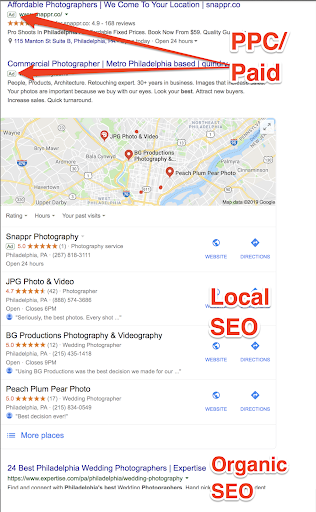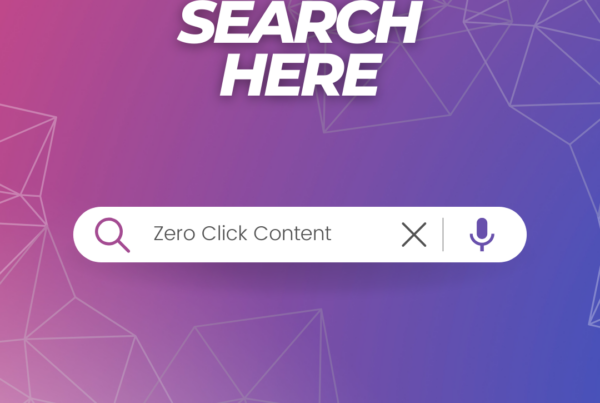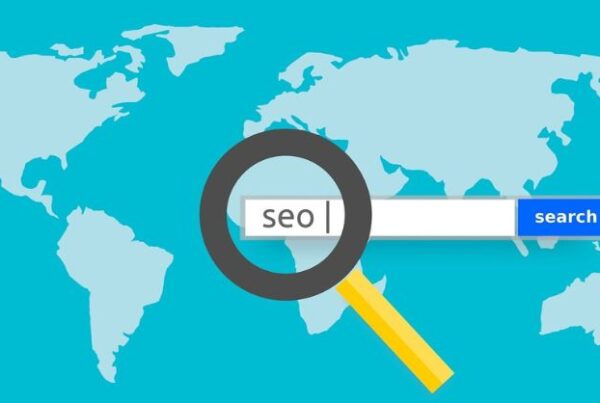As a person who sells something, you may be asking yourself these questions:
What is SEO (Search Engine Optimization)?
Do I need SEO to thrive in today’s digital economy?
Do I need SEO to drive web traffic to my site?
Why is SEO so expensive?
Unfortunately, the answers to these questions can be complicated. Do a simple Google search for “SEO”, and you will find out just how complicated it is!
Here is the simplest definition I can offer to the question, What is SEO?:
SEO is the process of increasing visibility in search engine results (Google, Safari, Firefox, Bing).
From a metaphorical perspective, SEO is used to draw visitors to websites through Search Engine Results Pages (SERP), while usability is the glue that keeps visitors engaged with your website.
Focusing on one of these without the other is the same as
Mickey without Minnie…
Peanut butter without jelly…
Sneakers without socks…
Why is SEO Important?
After you find the answer to the question what is SEO?; you may be asking yourself why is SEO important?
Fundamentally, most people believe website aesthetics and functionality are the main factors involved in SEO rankings. Although these factors are highly important for the user experience, websites need a high SEO ranking to drive web traffic.
Before a site visitor determines whether they are going to remain on a site, they must first become aware that the site even exists. Many websites are difficult to find, or never found on the web because they are not visible to search engines, or they do not receive a high ranking based on organic ranking algorithms.
3 Types of SEO
After finding answers to the questions:
- What is SEO?
- Why is SEO important?
You might be wondering:
- Why are there different types of SEO?
- What are the different types of SEO
- What benefits do they offer me?
To achieve a high search ranking, SEO is used to optimize a website so it appears on page 1 of a Google search.
Who looks at page 2 anyway?
Google will tell you that most people don’t go beyond page 1, or more specifically, the top few results.
Largely, the SEO process improves website visibility to search engine algorithms. Upon searching the web, users obtain results for their specific search based on SERPs, which are categorized into 3 sections:
- Organic – Occupies the primary real estate of the SERP
- Pay per click (PPC) – occupies the right-hand sides and sometimes the tops of the SERPs
- Local – Google 3 Pack
Below is a screenshot which shows the 3 types of SEO results for the search query best photographers in Philadelphia.
Finding Your Target Audience
You know your target audience better than I do, empathize with them, put yourself in their shoes and plug in the keywords that you think they would search for when looking online for the services you offer.
For example:
- Top real estate agent in San Diego
- Accountant near me
- Commercial loans in Pennsylvania
- Best school in Philadelphia
What did you find?
Did the search results yield what you expected?
Perhaps not…
If what you expected didn’t appear in the SERP, the companies you would expect to appear most likely are not doing SEO, or they do not have an effective strategy in place.
Unfortunately, many SEO companies will offer you a strategy, charge you a lot of money, but will not regularly communicate with you regarding the results of your SEO efforts. What’s even more unfortunate is that many businesses or individuals selling services are ok with this because in their minds they are checking a box. People tell themselves that they’re doing SEO because either they, or an agency has run a Google Ad, or downloaded the WordPress Yoast plugin, or because they’re paying somebody to do SEO for them.
In what can be a confusing industry, be sure you fully understand what SEO is, how much you should pay for it, and what you should expect from SEO services.
In the next post of our series dedicated to driving traffic to your website, we will concentrate on the differences between the 3 types of SEO as well as what you should expect to spend on each. SEO doesn’t have to be a huge investment. Ultimately, your investment should align with your unique business needs and goals. If your business depends on web traffic, the return on SEO investment should be easily seen, calculated and experienced.
If you haven’t already, be sure to read the first post of our SEO series How to Drive Traffic to Your Website: 2 Proven Strategies.








7 Comments